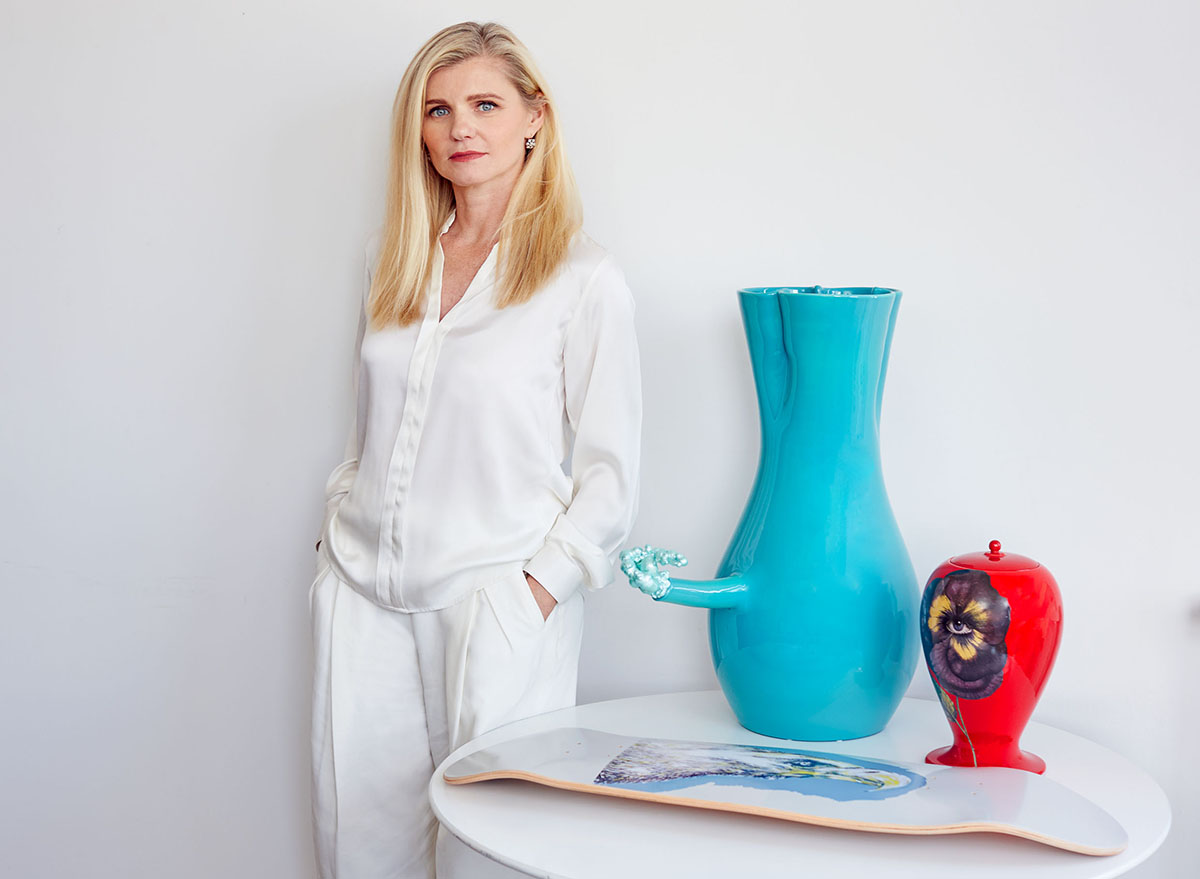
Beatrice Trussardi, President of the Fondazione Nicola Trussardi and founder of the Fondazione Beatrice Trussardi
In the fifth part of our Italy art focus series, curated by Umberta Beretta, LUX speaks to Beatrice Trussardi who as President of the Fondazione Nicola Trussardi and more recently founder of the Fondazione Beatrice Trussardi, produces public encounters with art in unexpected places
LUX: Was art always a passion?
Beatrice Trussardi: My family had creative friends such as artists and directors, so I grew up in that environment. But it was when I went to New York for university, then worked in the Met, the Guggenheim and MoMA, that I found my path. I went back to Milan to the fashion business, and started my new mission at the family foundation in 1999.
Follow LUX on Instagram: luxthemagazine
LUX: After New York, did Italy seem a little stuck in the past to you?
BT: In Italy we have so much artistic heritage, but there were only a few contemporary foundations in Milan: my family’s, Prada’s, a few others. After returning from New York, I wanted to bring contemporary art to the public. In 2003, Massimiliano Gioni and I had the idea of making the foundation nomadic, to connect historical buildings and open spaces with contemporary art, bringing art to Milan and making it available to everybody. We took that idea international with my own foundation in 2021.
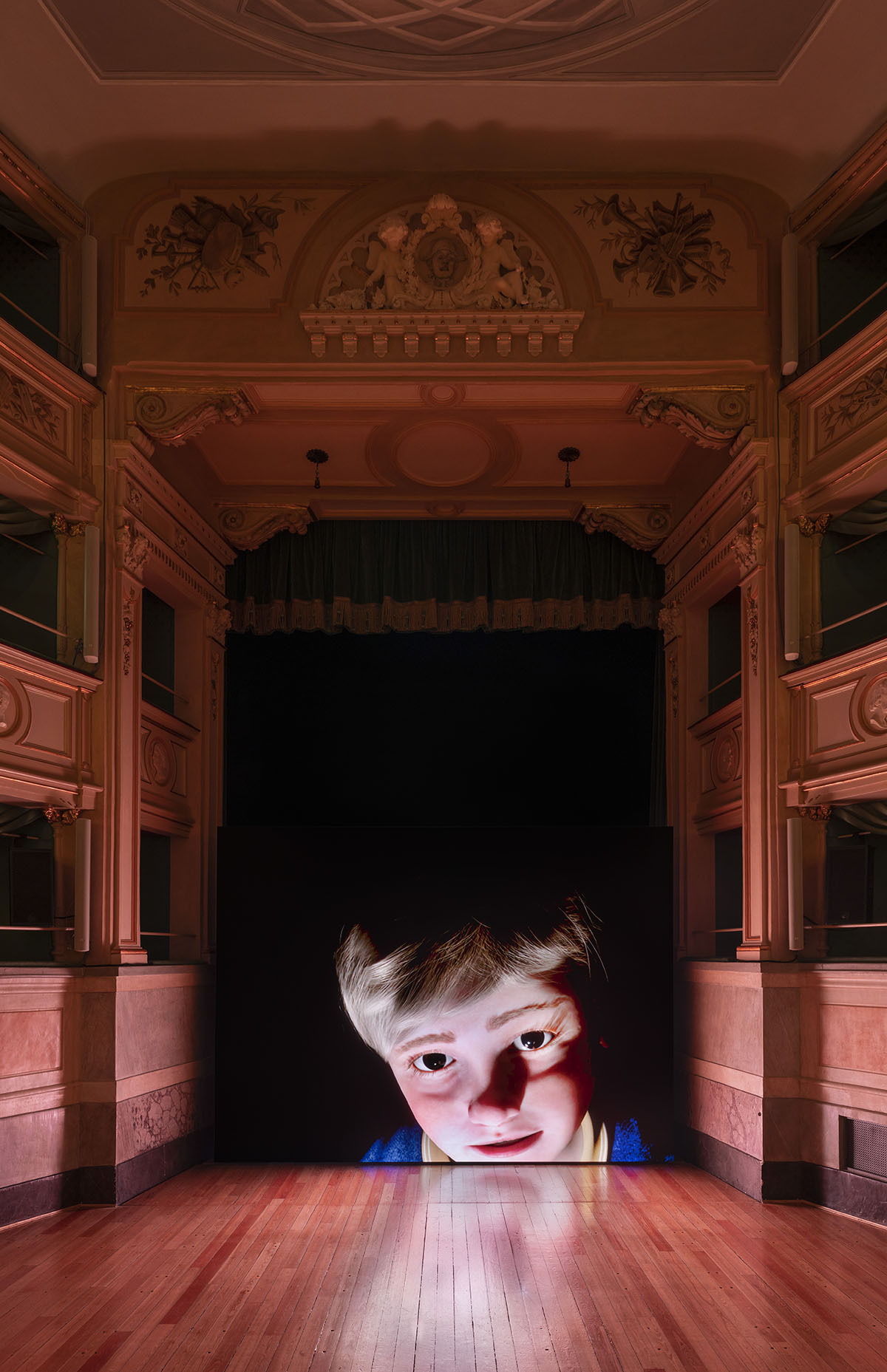
Ludwig, 2018, by Diego Marcon, from “Dramoletti” at Teatro Gerolamo, a puppet theatre in Milan, 2023
LUX: And you wanted to support artists as well as the public?
BT: We always say we make the hidden dreams of artists possible by producing and exhibiting site-specific art projects and exploring powerful subjects, such as migration and human rights. We have worked with many artists including Jeremy Deller, Ibrahim Mahama and Paola Pivi.
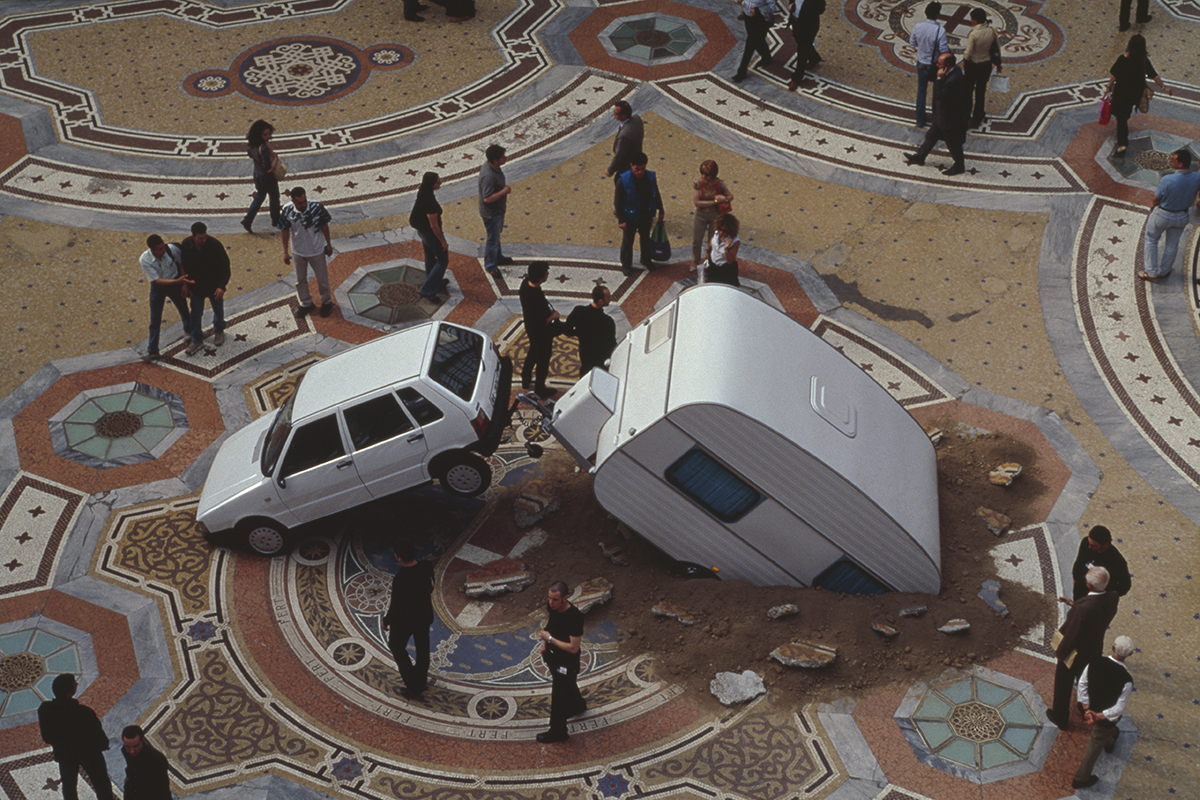
From “Short Cut”, by Elmgreen & Ingar Dragset, Ottagono at Galleria Vittorio Emanuele II, Milan, 2003
LUX: And it becomes ephemeral?
BT: That is what interests us. We don’t collect the pieces, the artists are free to take them anywhere, to lend the pieces or to sell them. Everything stays in the memory.
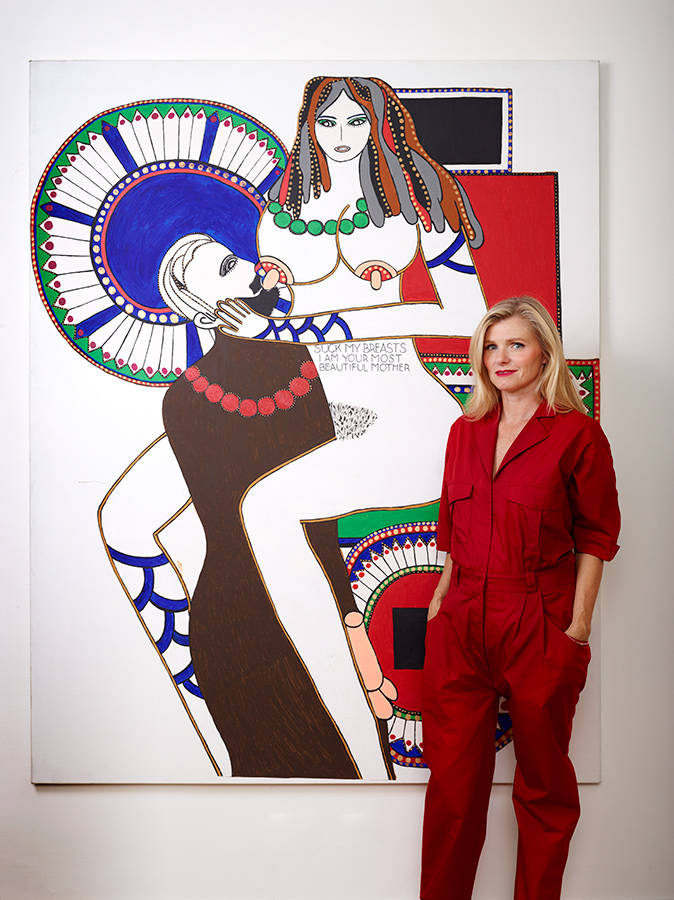
Beatrice Trussardi with work by Dorothy Iannone, Suck My Breasts, I Am Your Beautiful Mother, 1970/71
LUX: Does this make a unique experience?
BT: From the first exhibition 20 years ago, we wanted people to say, “What is that?” about the art and the location, because when we choose a location, it’s been abandoned or used for other purposes, so when someone finds an artwork there it is unexpected. It promotes discussion, an educational aspect that is part of our mission.
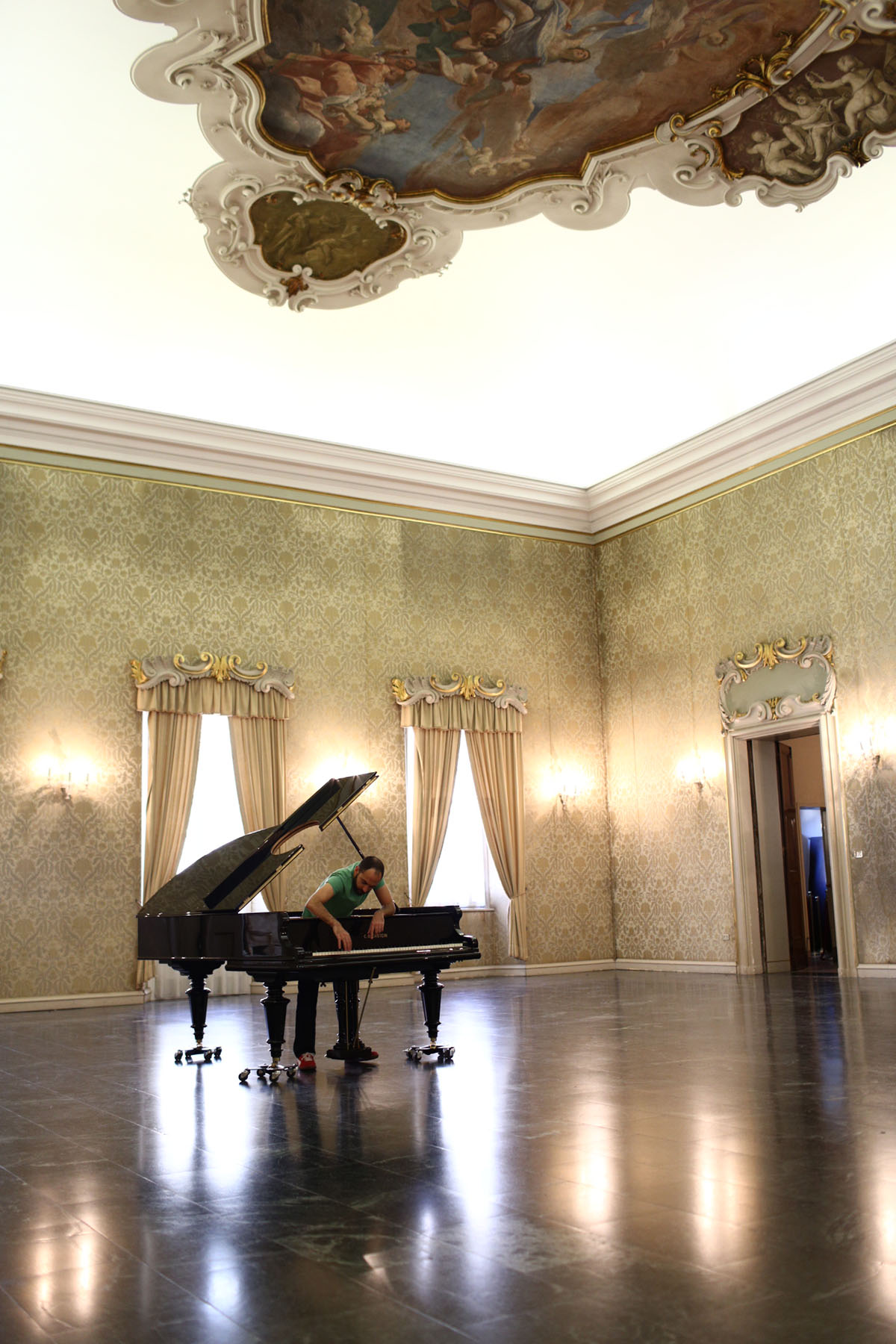
Stop, Repair, Prepare: Variations on Ode to Joy for a Prepared Piano, No 1, 2008, by Jennifer Allora from “Fault Lines” by Allora & Calzadilla at the Palazzo Cusani, Milan, 2013
LUX: What are your favourite moments?
BT: It is always exciting because it is agile and about catching a particular historical moment. Every time it is different, special, extraordinary.
Read more: Italy Art Focus: Giovanna Forlanelli Rovati
Between lockdowns in 2020, we did a very interesting project, The Sky in a Room, with Ragnar Kjartansson in the Chiesa Lazzaretto, a 16th-century church in Milan, which was built without walls to allow the sick to attend during the plague. The church is in the middle of a field, and only 15 people could be inside at a time, to watch and listen. That was an historical moment, and very, very touching.
Find out more: acaciaweb.it
This article comes from a section of a wider feature originally published in the Autumn/Winter 2023/24 issue of LUX








